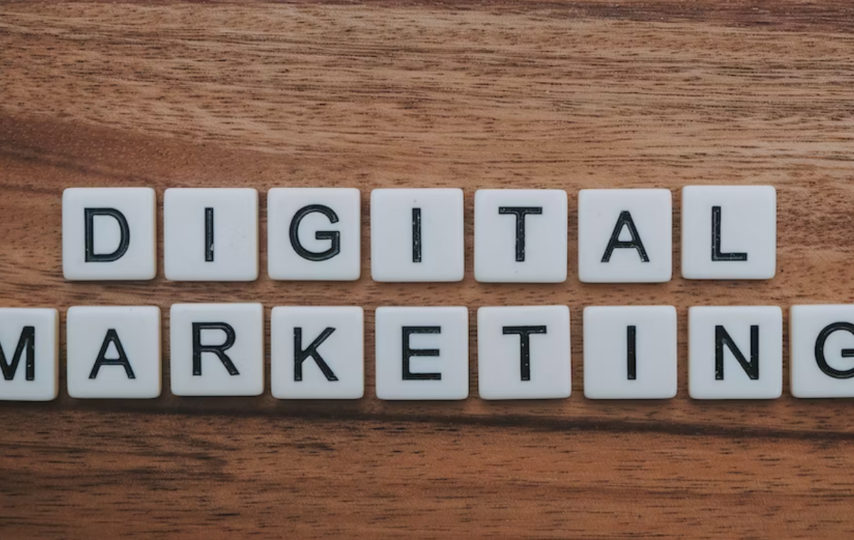Traditional marketing tactics have given way to digital landscapes in this era, drastically altering what “reach” meant. Digital marketing has transformed how organizations engage with their customers while also completely changing the definition of reach. We explore these changes here in this article as well as the strategies that contribute to effective digital marketing redefining its definition of reach.
The Digital Revolution And Its Impact On Reach
The introduction of the internet signaled a paradigm shift in how companies conducted marketing. Traditional methods relied heavily on mass media such as television, radio, and print. These approaches had their limitations in terms of targeting specific audiences and measuring engagement. Digital technology has altered that narrative radically; creating an interconnected world where brands can connect directly with individuals across geographical boundaries.
1. Data-Driven Precision Targeting
One of the pivotal strategies that have redefined reach in digital marketing 1on1 is data-driven precision targeting. Businesses can now gather an abundance of data about consumer behavior, preferences, and demographics. By tapping into this vast trove of data, marketers are equipped to craft highly targeted campaigns that speak directly to specific segments of their target audiences. Social media platforms and online advertising networks enable marketers to set specific parameters so their messages reach exactly the right people at precisely the right time.
2. Content Customization And Personalization
The era of universally applicable marketing messaging is over. Today’s consumers demand personalized experiences, and digital marketing strategies have risen to meet this demand. Through content customization and personalization, brands can create messages that feel tailor-made for each individual. Whether it’s an email addressing the recipient by their name or product recommendations based on browsing history, personalization enhances engagement and deepens the sense of connection.
3. Social Media Engagement And Influencer Collaborations
Social media has emerged as a powerhouse in the world of digital marketing. Platforms like Facebook, Instagram, Twitter, and TikTok provide avenues for brands to engage directly with their audience. Successful social media strategies involve fostering genuine interactions, responding promptly to queries, and even leveraging influencer collaborations. Influencers have their dedicated followers, and partnering with them extends a brand’s reach to new and receptive audiences.
4. Search Engine Optimization (SEO) And Discoverability
When discussing effective digital marketing, SEO cannot be overlooked. Search engines are quickly becoming the go-to place for information, goods, and services searchers are seeking. A successful SEO strategy increases discoverability by increasing the likelihood that it will show up near the top of search results pages. By understanding the keywords their audience uses, businesses can optimize their content and websites to ensure that they are visible to those actively seeking relevant information.
5. Multimedia Storytelling For Enhanced Engagement
The rise of multimedia content, including videos, infographics, and interactive experiences, has revolutionized how brands tell their stories. Engaging visuals and compelling narratives capture attention more effectively than traditional text-based approaches. Platforms like YouTube and Instagram offer the ideal blank slate for multimedia storytelling, allowing marketers to forge enduring relationships with their audience.
6. Seamless Cross-Channel Experiences
Digitally connected consumers interact with brands across many channels and devices – from websites and apps, social media posts, emails, and mobile notifications – businesses must provide seamless experiences across these different touchpoints and devices. This approach ensures that a brand’s messaging is reinforced regardless of where and how a consumer engages. A seamless cross-channel experience reinforces the brand message, increases engagement, and encourages conversions.
7. Analytics And Continuous Improvement
Digital marketing’s capacity to evaluate and analyze success with unmatched accuracy may be one of its most potent features. Data-driven marketing methods let marketers keep track of how well their strategies are working in real-time. Businesses can use tools like Google Analytics and social media insights to keep track of website traffic, click-through rates, conversion rates, and other data in real-time. This shows what works and lets businesses keep getting better.
Conclusion
The idea of reach has undergone a significant metamorphosis in the constantly changing world of digital marketing. From data-driven precision targeting to personalized experiences, from social media engagement to multimedia storytelling, each strategy plays a role in redefining how brands connect with their audience. As businesses continue to embrace these strategies, the boundaries of reach will continue to expand, fostering deeper connections and more meaningful engagements in the digital realm.








